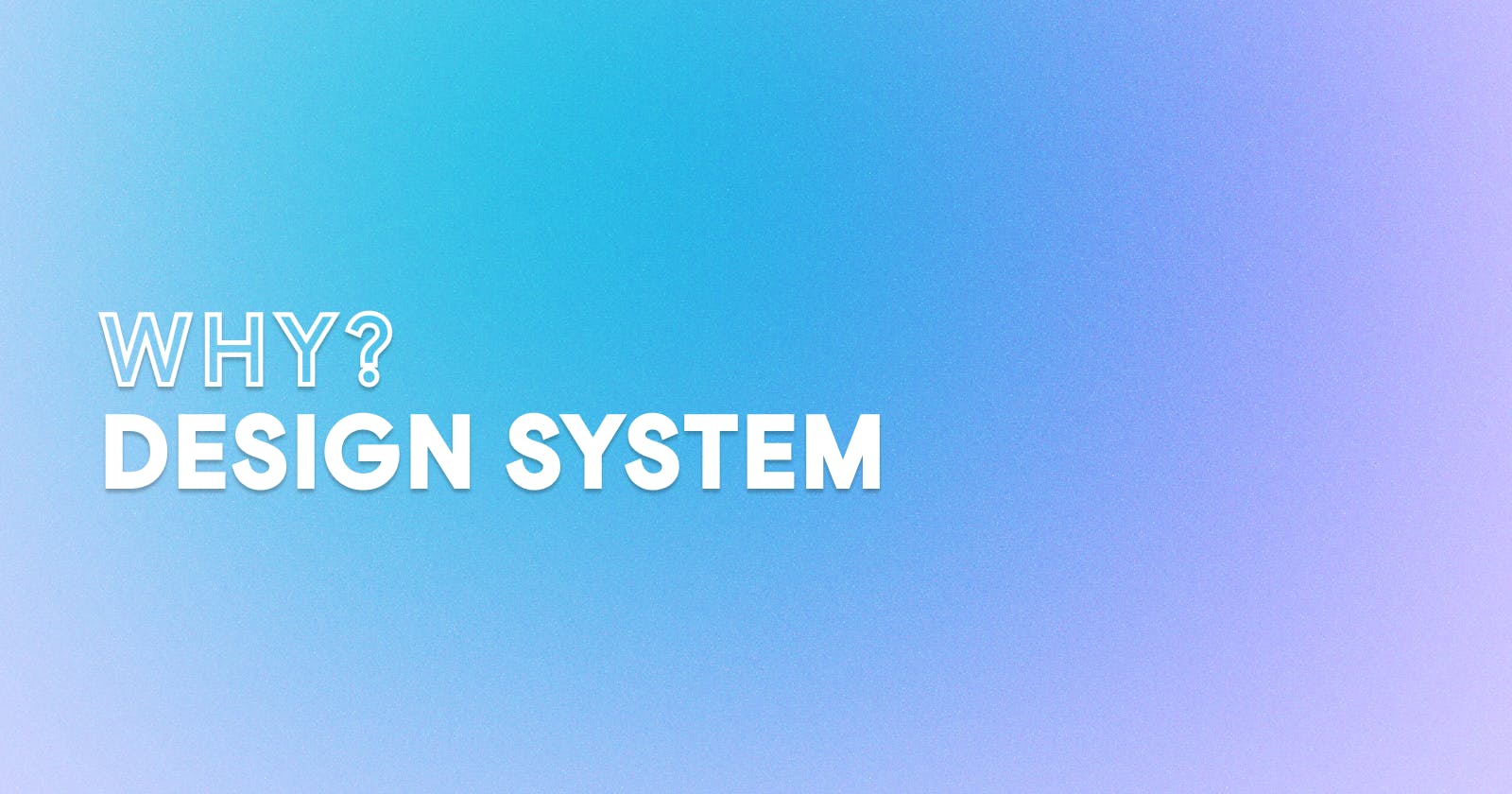Why design system is required?
Exploring the Benefits of a Standardized Approach to Design and Development.
Design systems have become increasingly popular in recent years, and for good reason. They are an essential tool for companies looking to create a cohesive and consistent user experience across all of their products and platforms. In this blog post, we'll explore why design systems are required and how they can benefit your organization.
First, let's define what we mean by a design system. A design system is a collection of reusable components, guidelines, and principles that govern how a company designs and develops its products. It typically includes a library of UI components, brand guidelines, accessibility standards, and best practices for design and development.
Now let's dive into the reasons why design systems are necessary:
Consistency
One of the primary benefits of a design system is that it creates a consistent user experience across all of your products and platforms. When you have a standardized set of components and guidelines, you can ensure that your products look and behave the same way no matter where they're used. This consistency is essential for building trust with your users and creating a cohesive brand experience.
Efficiency
Design systems can also improve efficiency by reducing the time and effort required to create new products and features. When you have a library of reusable components and guidelines, you don't have to start from scratch every time you design something new. This can save you a significant amount of time and money in the long run.
Salability
As your company grows and your product offerings expand, it can become challenging to maintain consistency across all of your products and platforms. A design system can help you scale your design and development efforts by providing a standardized set of components and guidelines that can be used across all of your products. This can ensure that your products continue to look and behave consistently as you grow.
Collaboration
Design systems can also facilitate collaboration between designers and developers. When everyone is working from the same set of guidelines and using the same components, it's easier to communicate and work together. This can lead to more efficient workflows and better results.
Accessibility
A design system can also help ensure that your products are accessible to everyone, regardless of their abilities. By including accessibility guidelines in your design system, you can make sure that all of your products meet the same standards for accessibility. This is not only the right thing to do but can also help you avoid potential legal issues.
Banding
Finally, a design system can help you maintain a consistent brand identity across all of your products and platforms. By including brand guidelines in your design system, you can ensure that all of your products use the same fonts, colors, and other brand elements. This can help reinforce your brand identity and make it more recognizable to your customers.
In conclusion, a design system is a valuable tool for any organization looking to create a consistent and cohesive user experience across all of its products and platforms. By providing a standardized set of components and guidelines, a design system can improve efficiency, scalability, collaboration, accessibility, and branding. If you haven't already, consider implementing a design system in your organization to reap these benefits and more.

Follow me on Linkedin: https://www.linkedin.com/in/iarindamofficial/
If you enjoy reading blogs like these and want to support me, consider subscribing to me on youtube. It’s free, it will help me be motivated to create more useful content like this...
